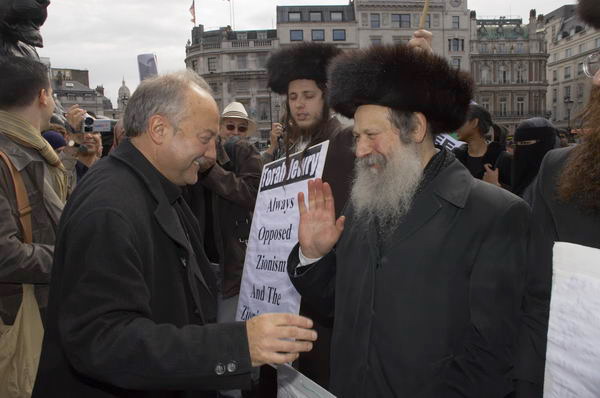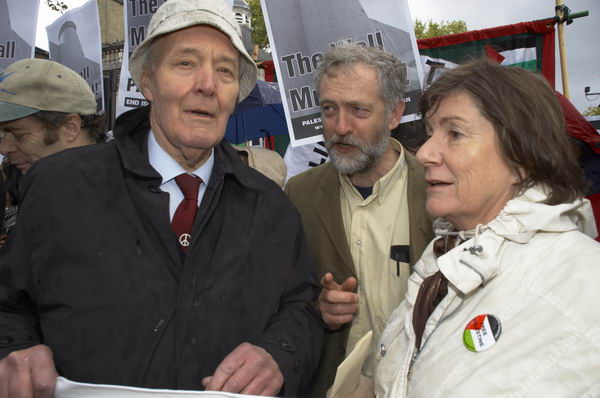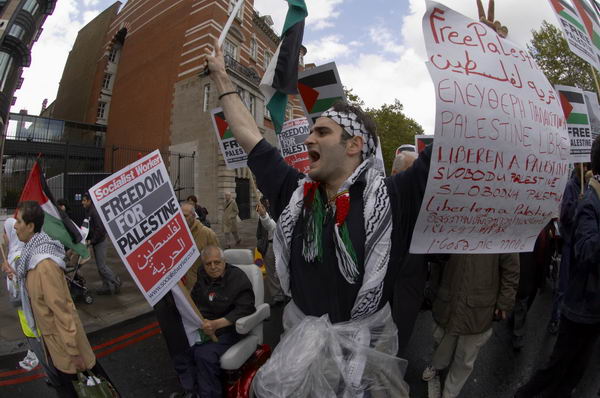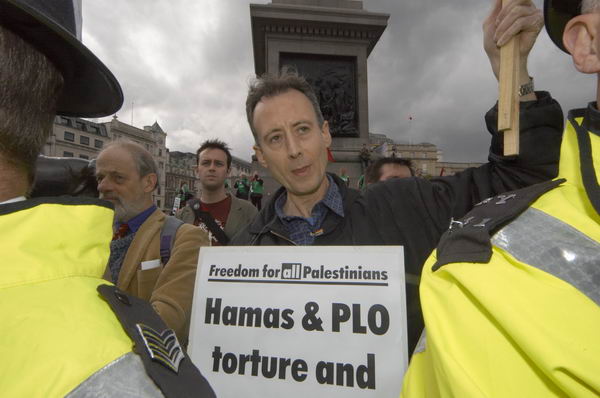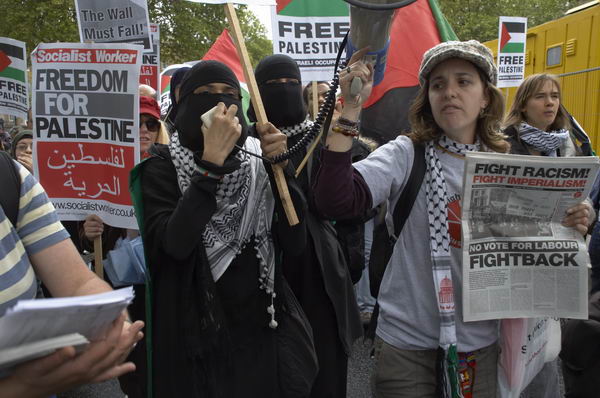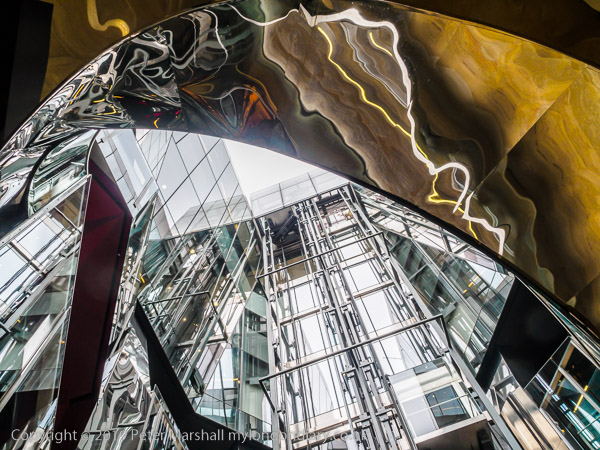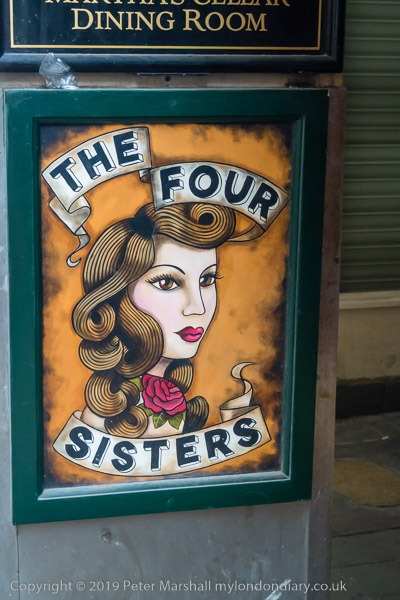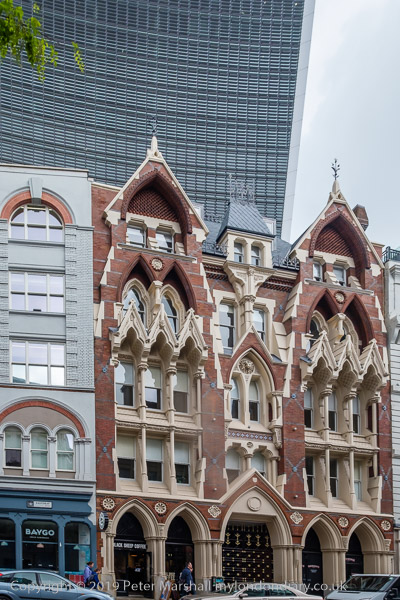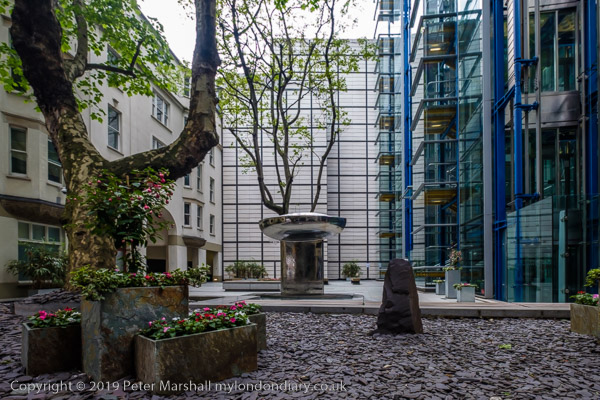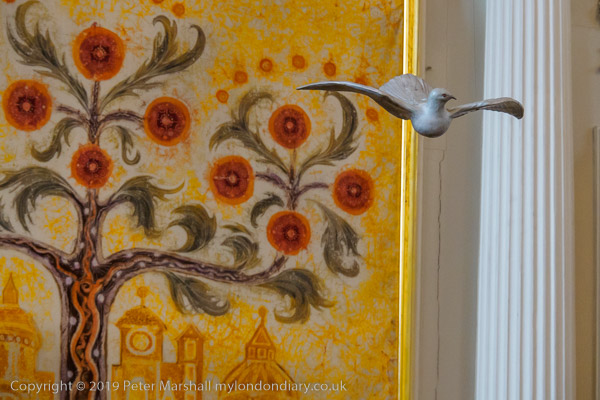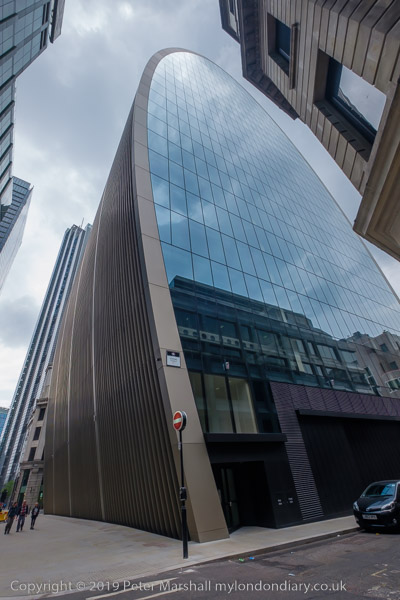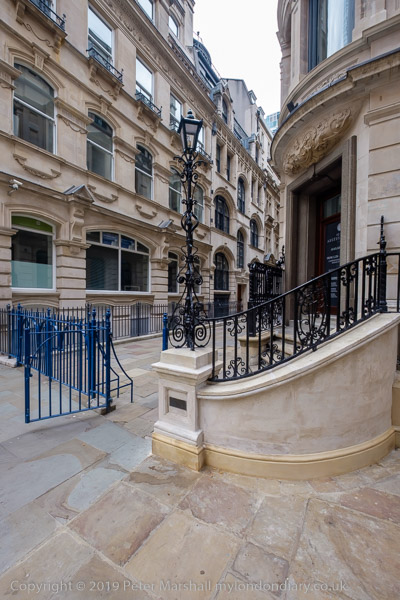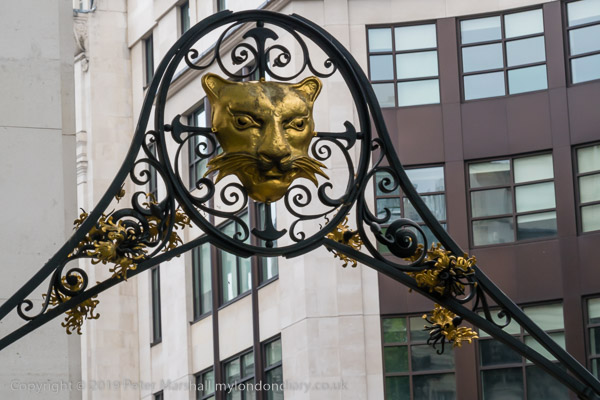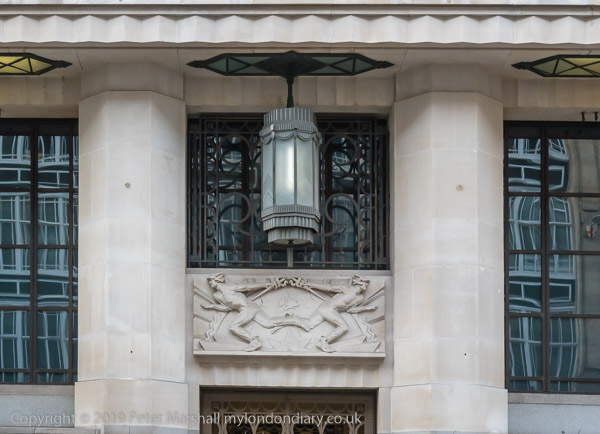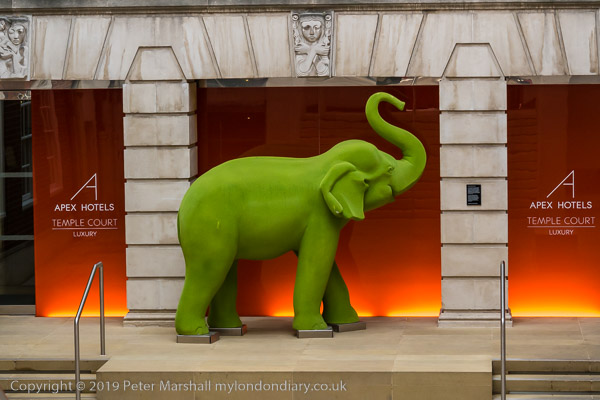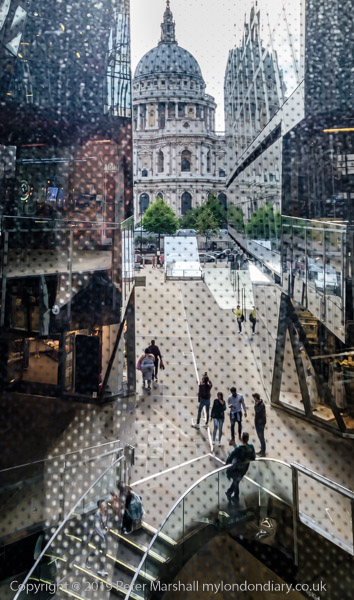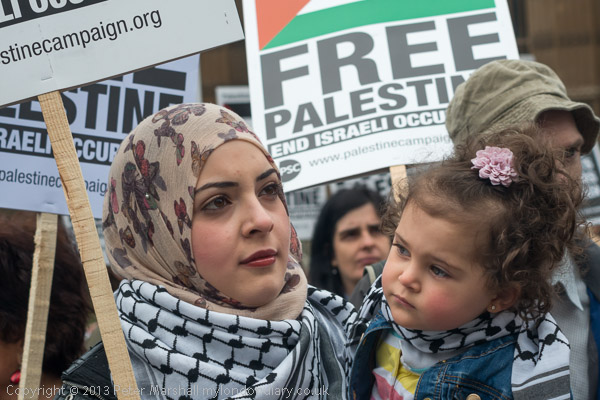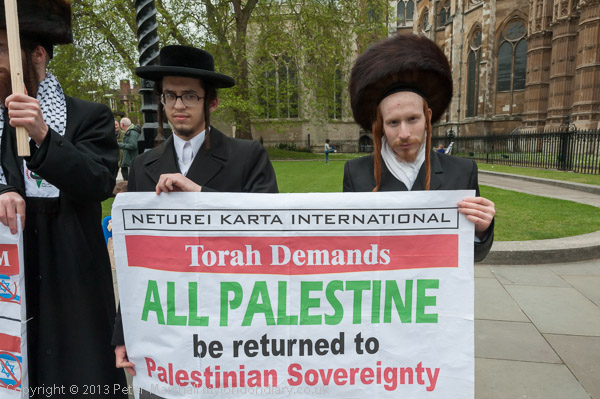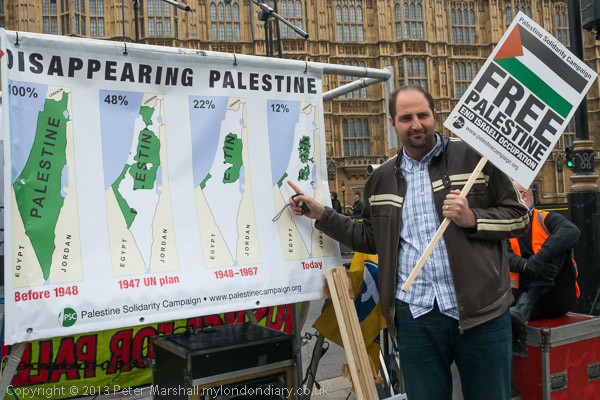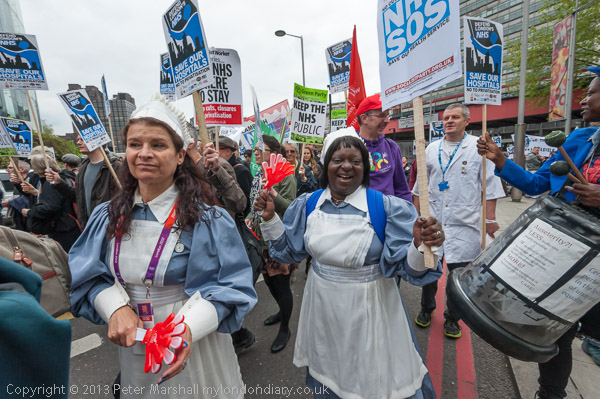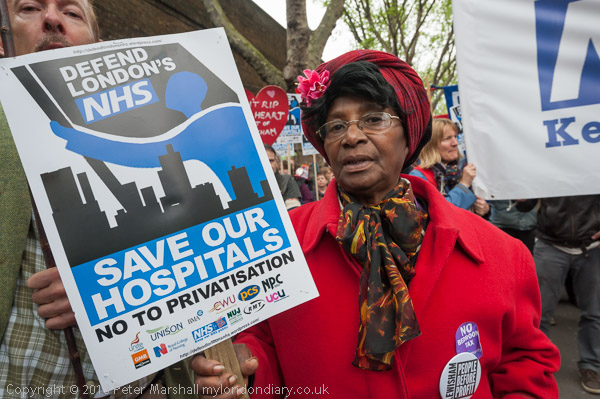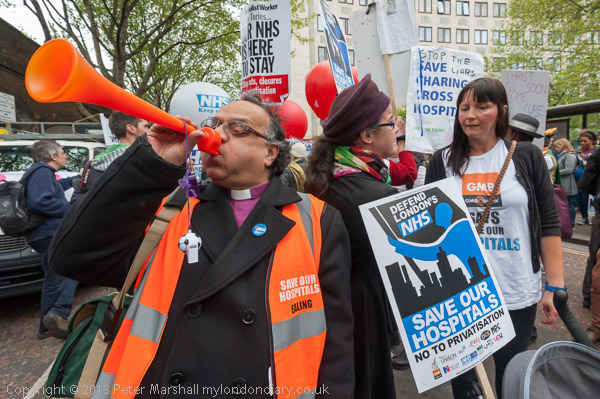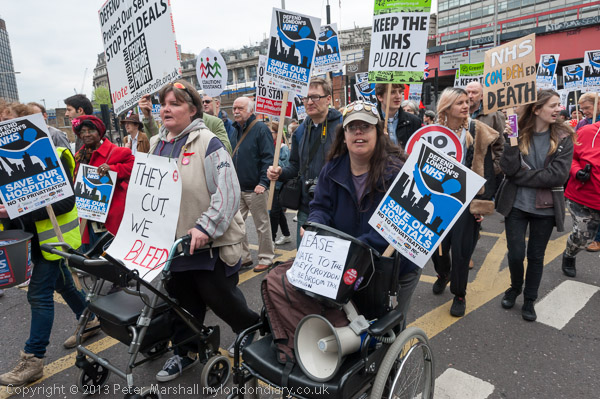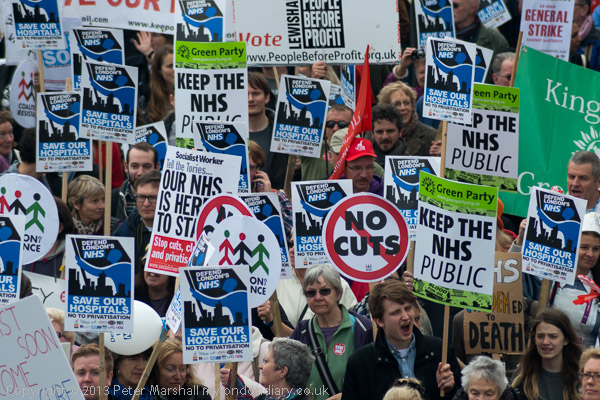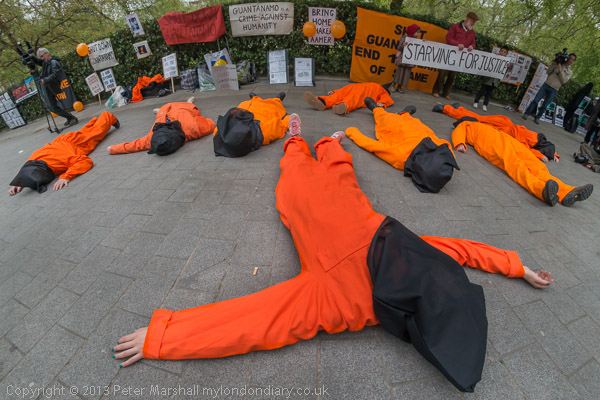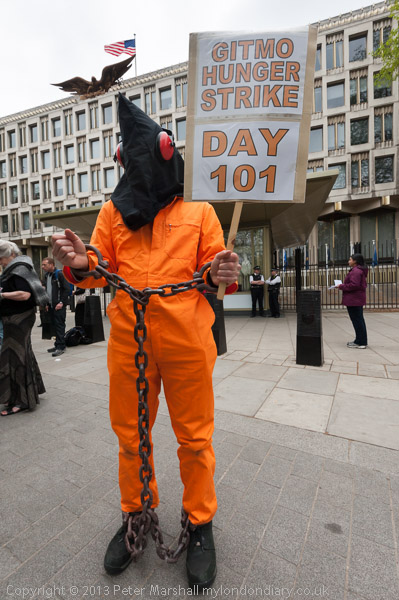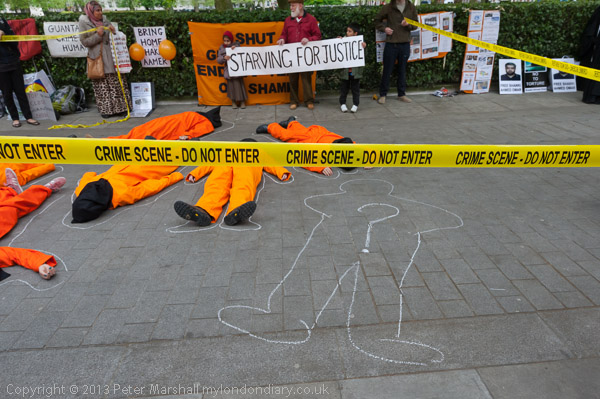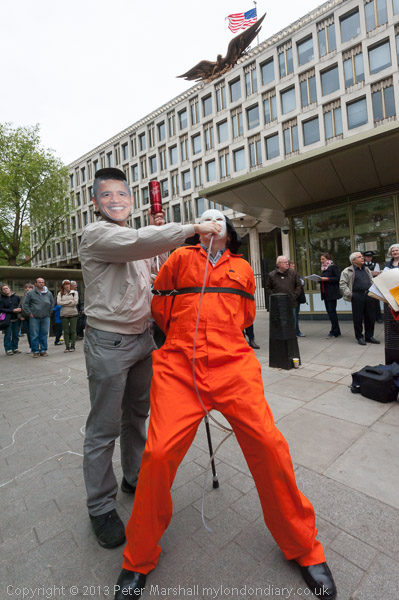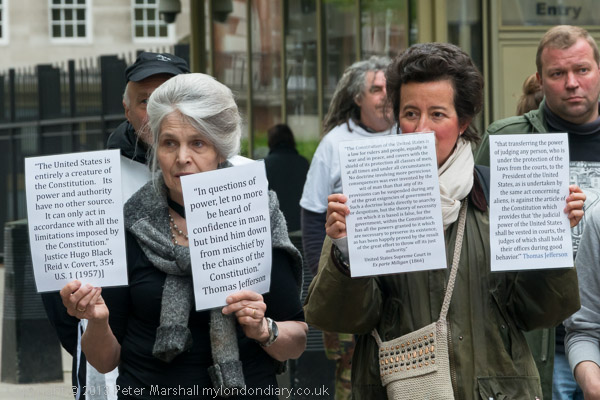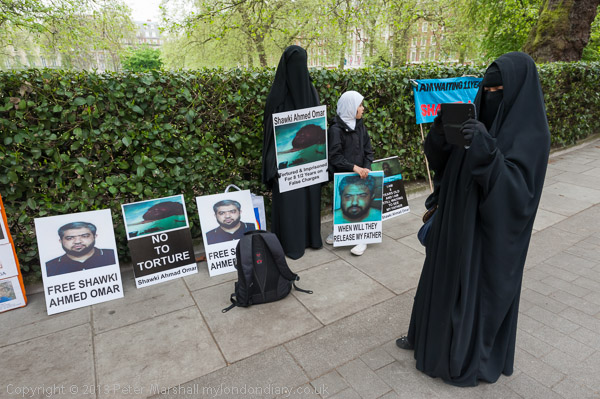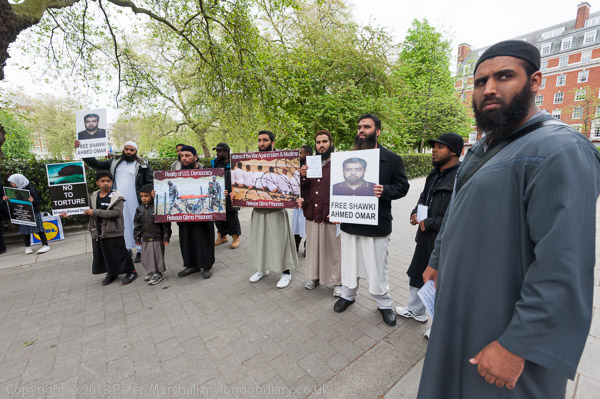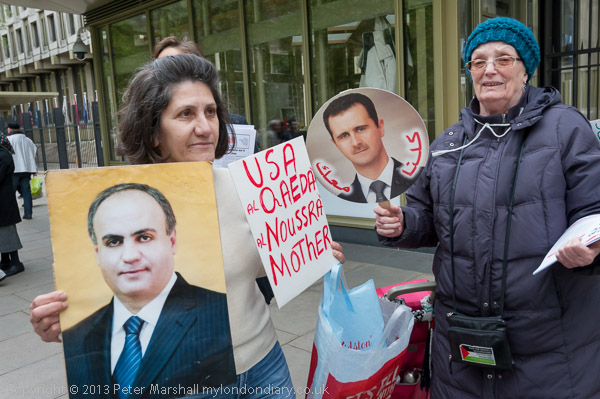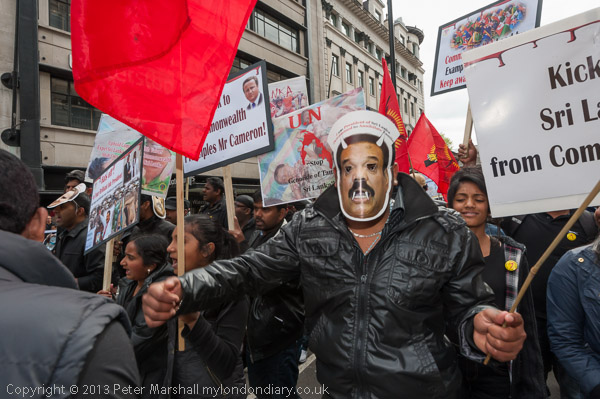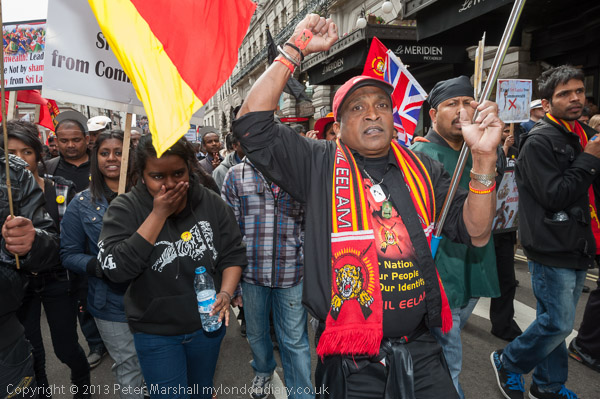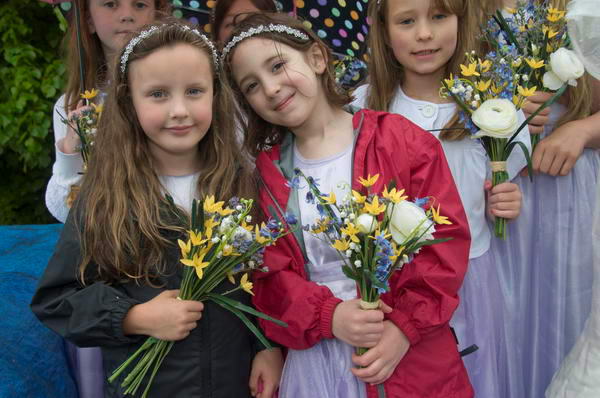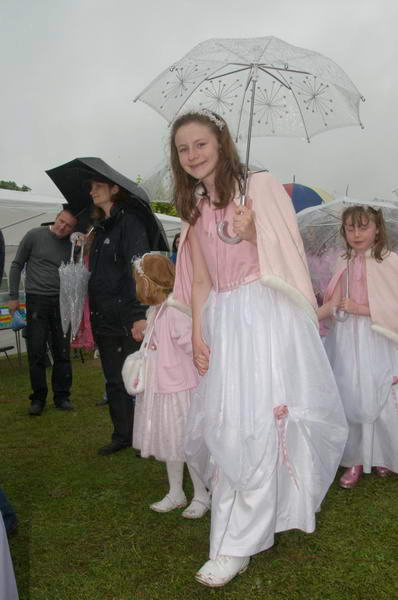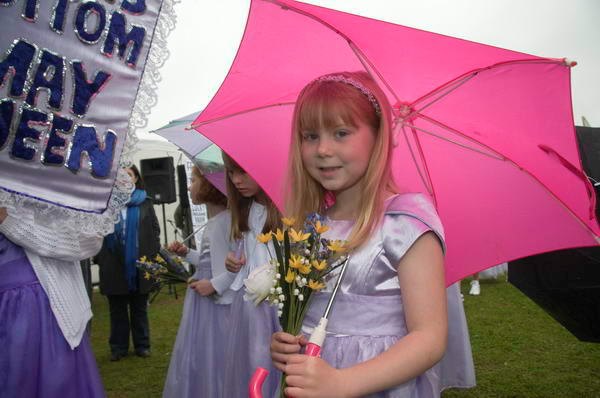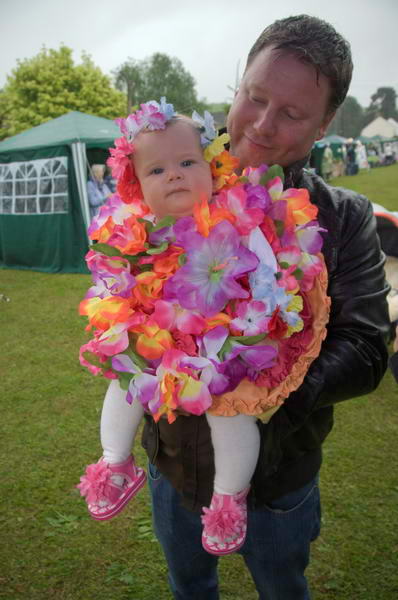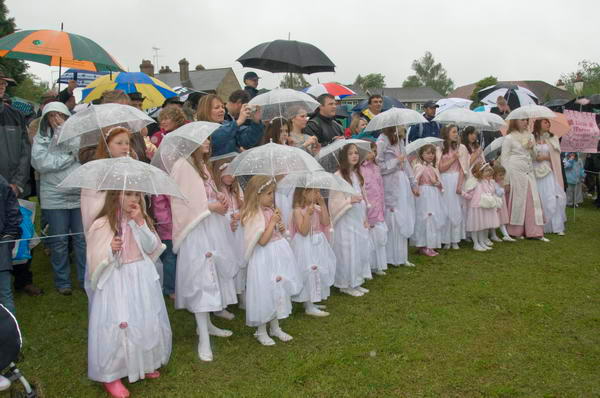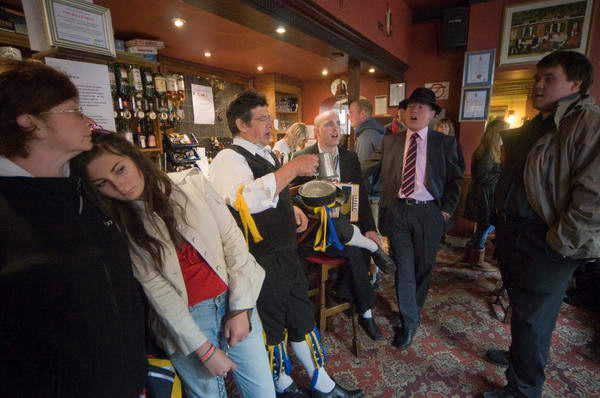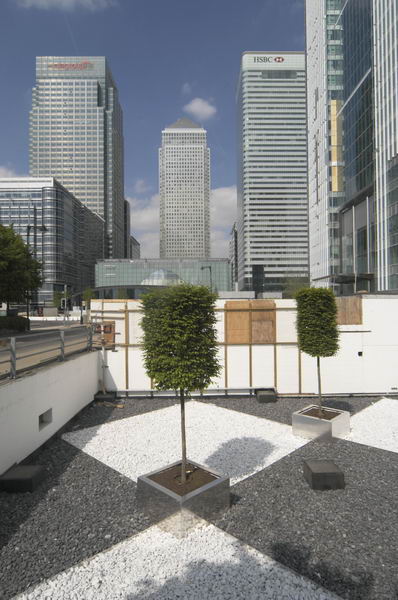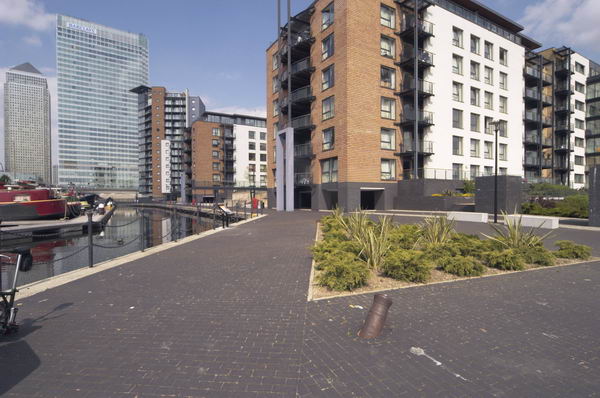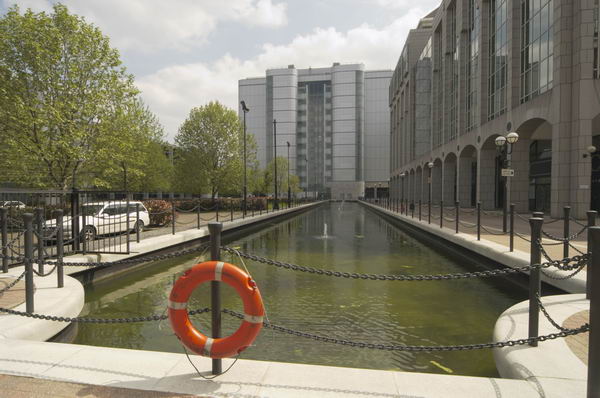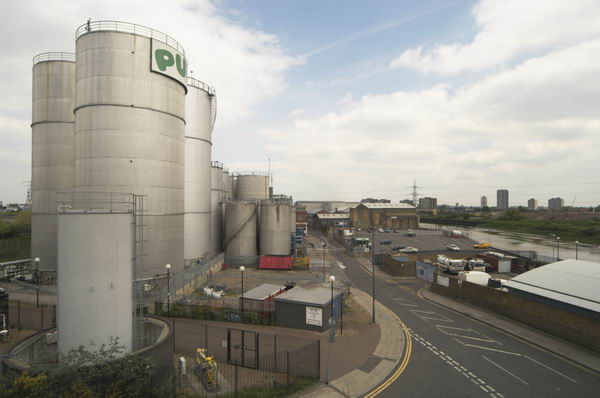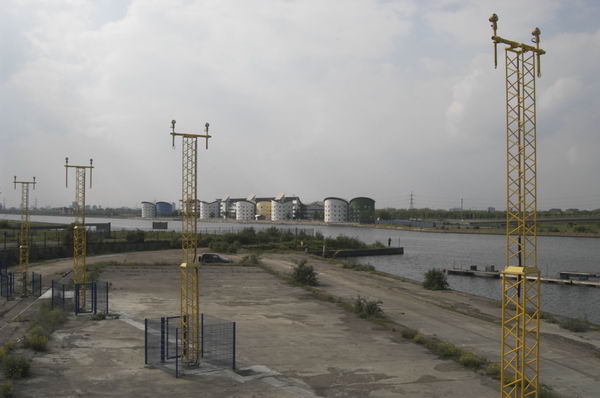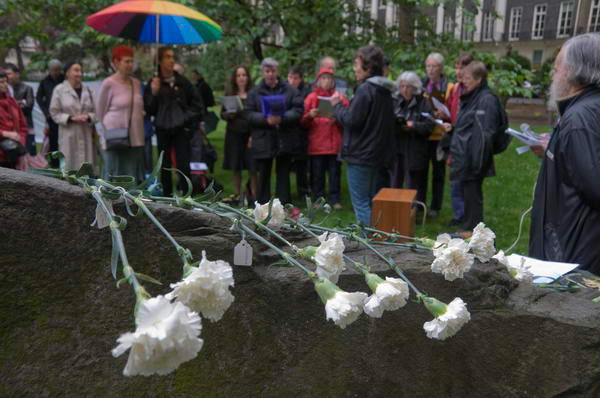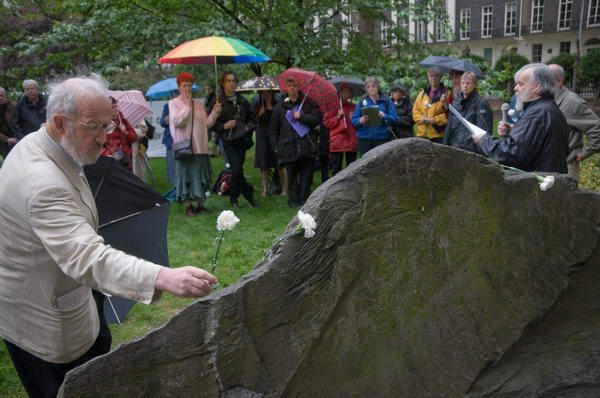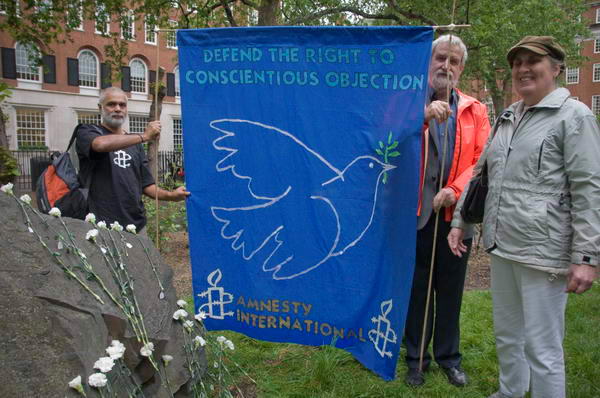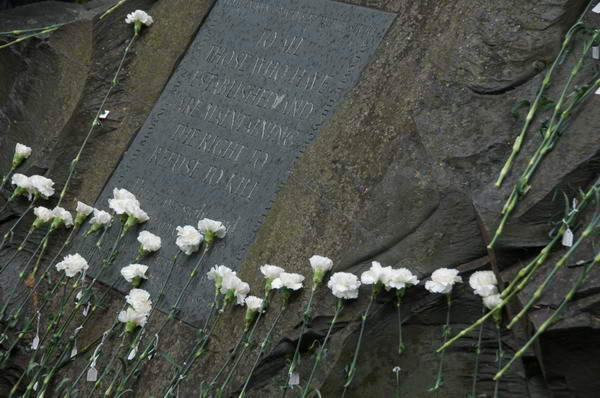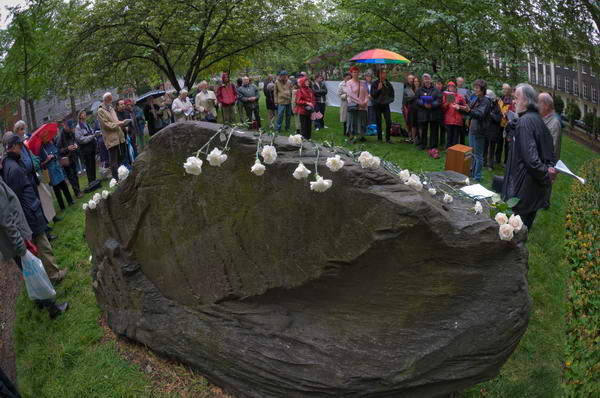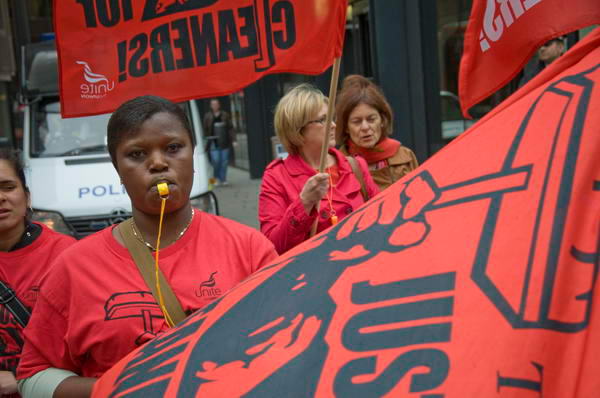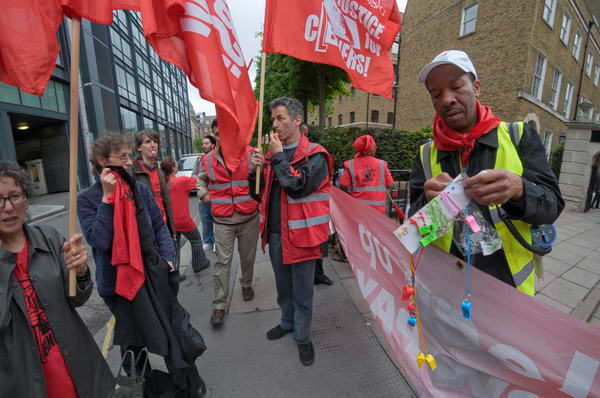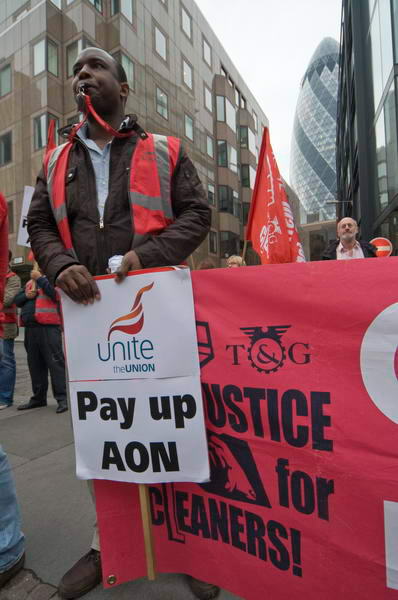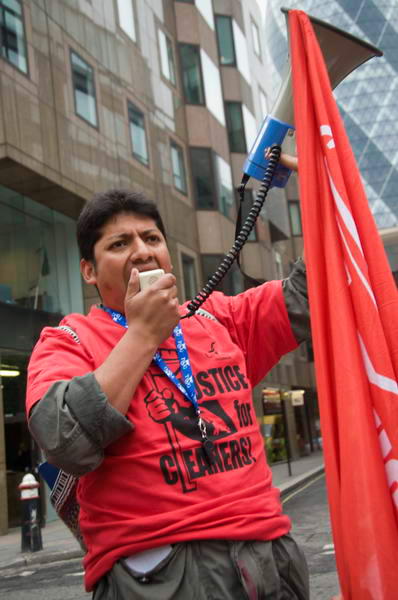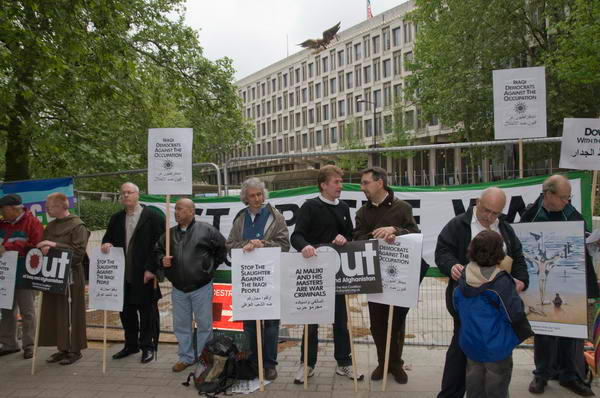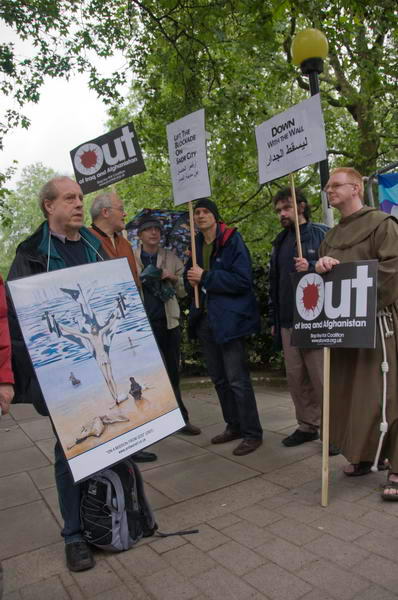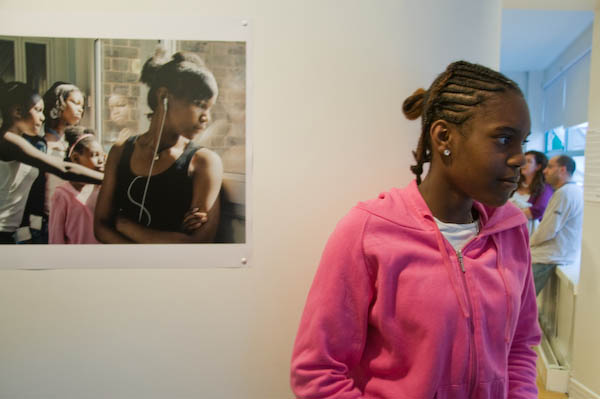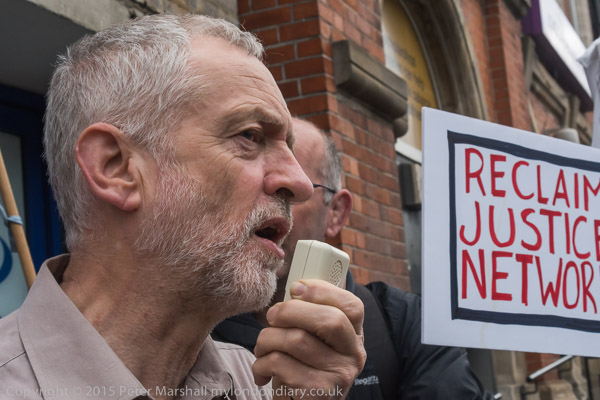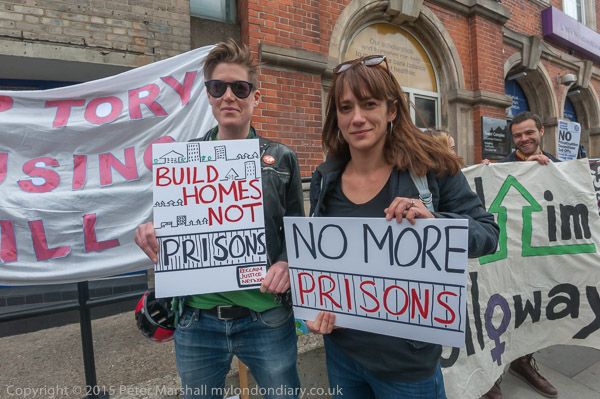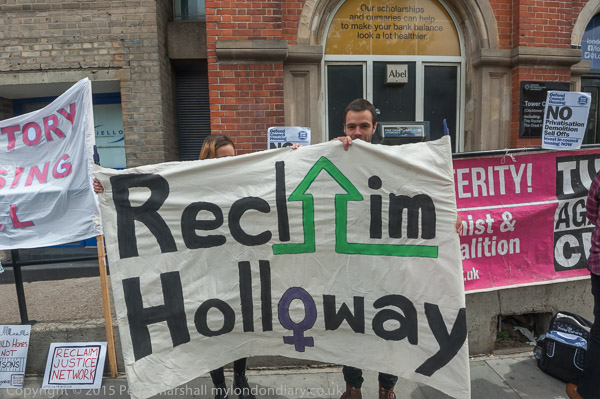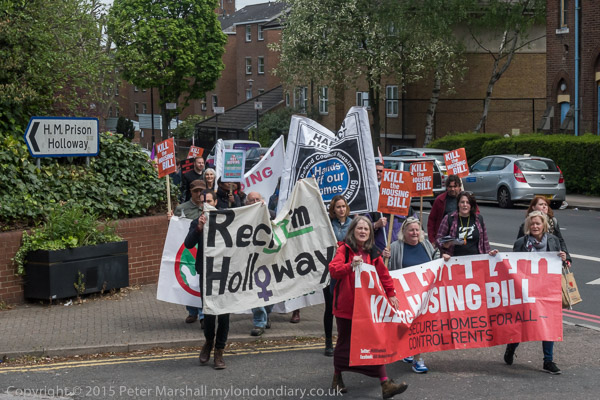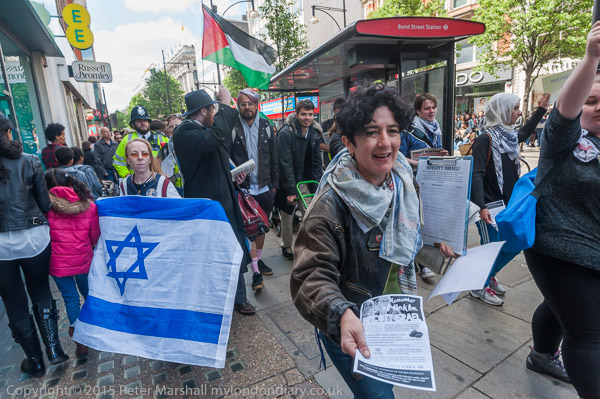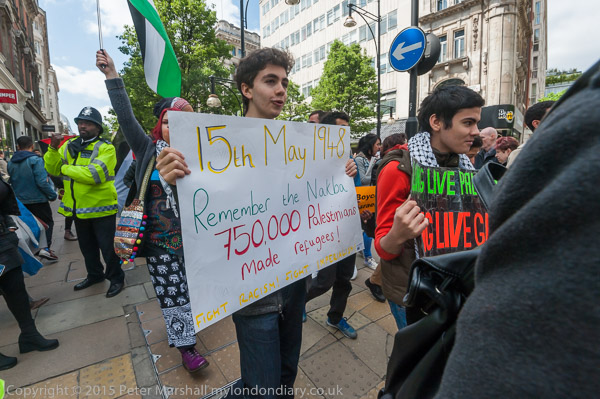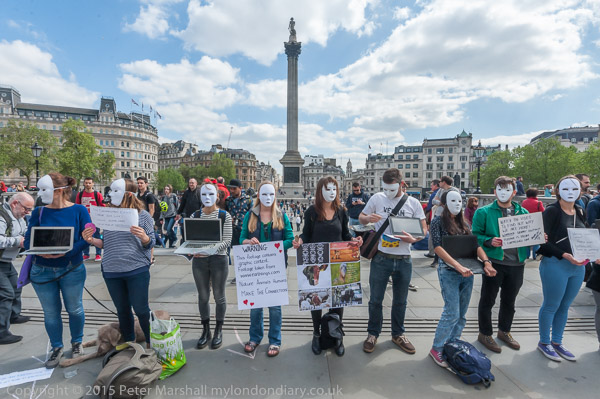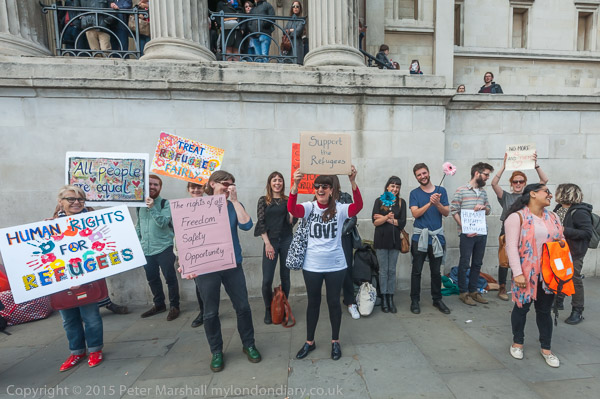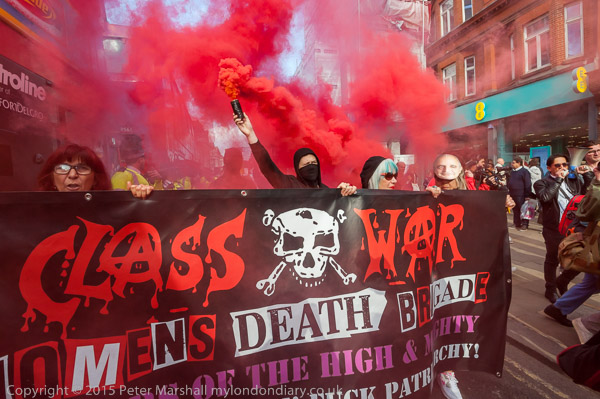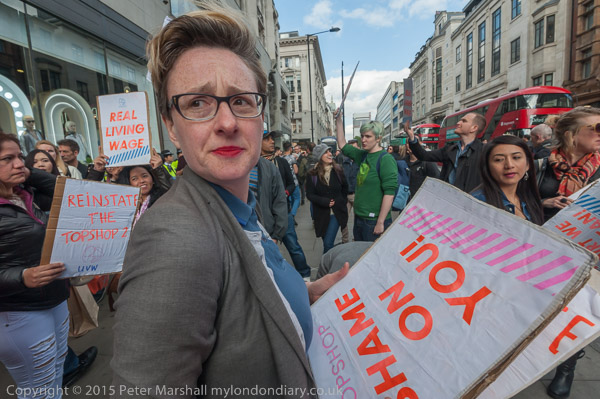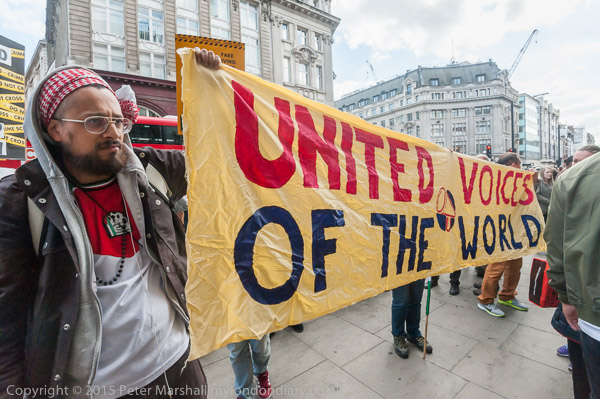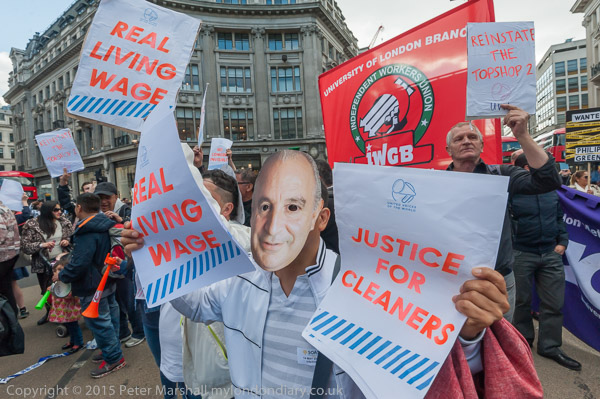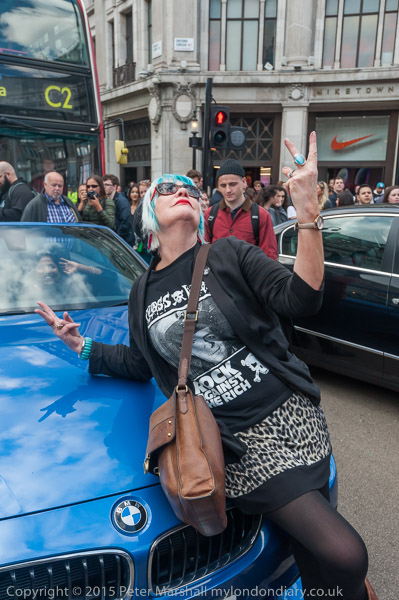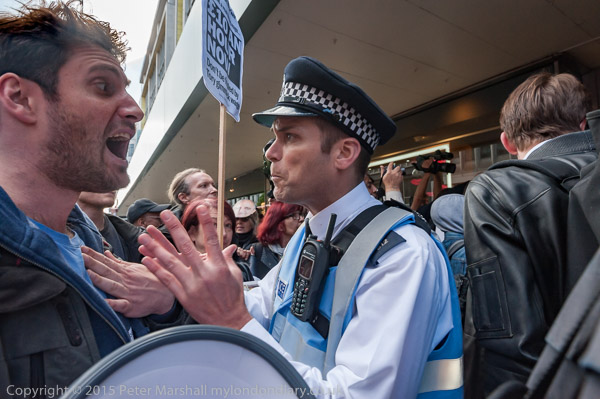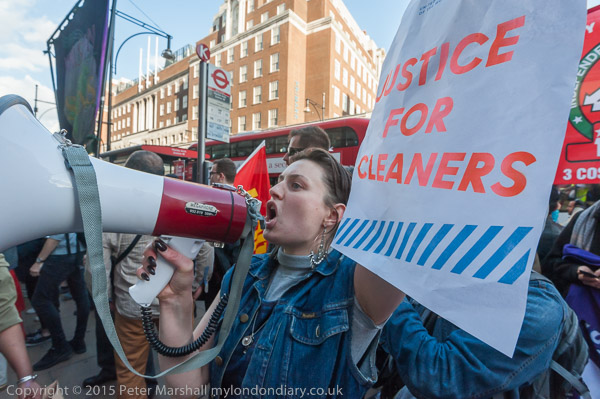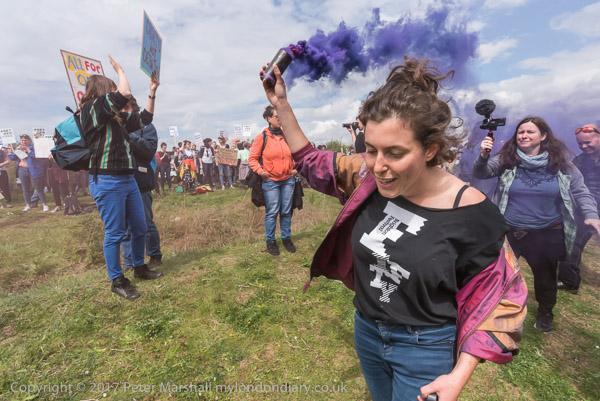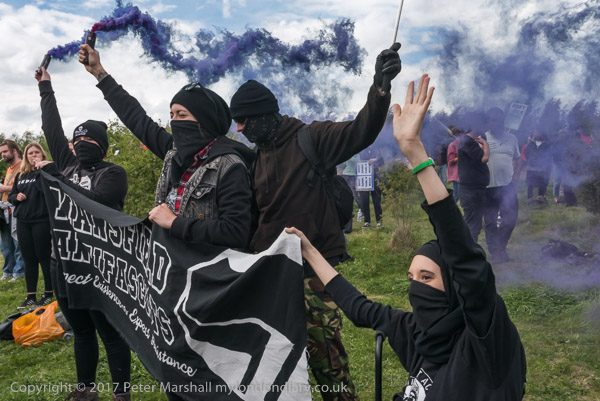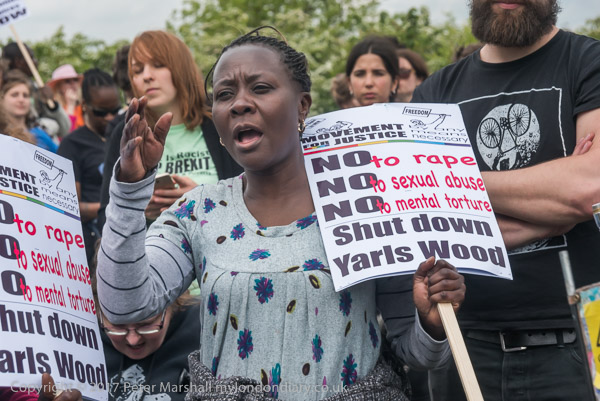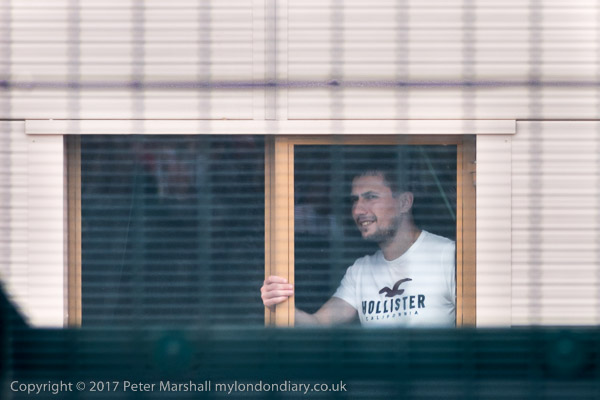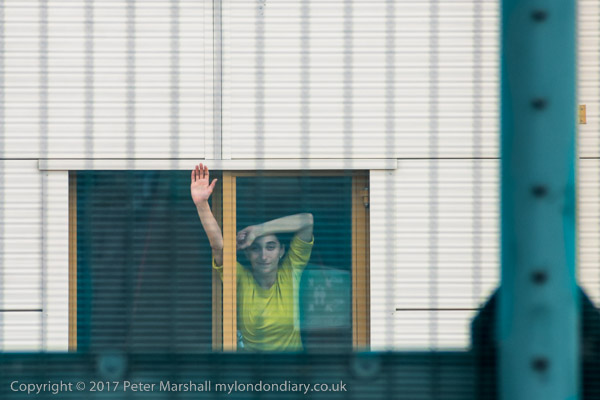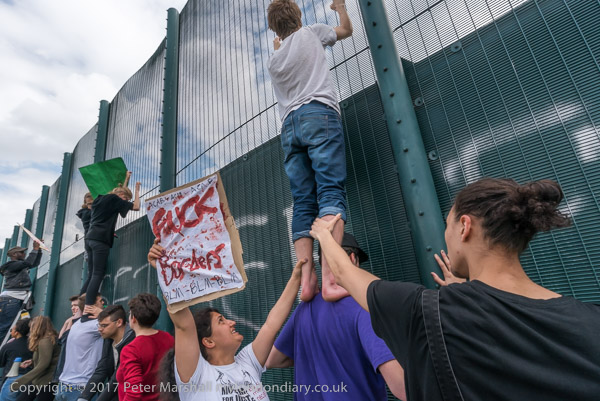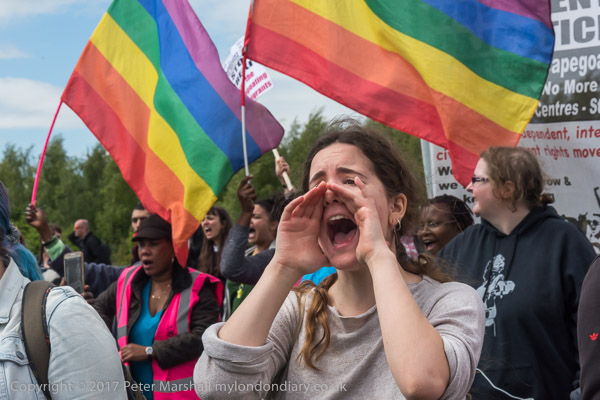Pictures from the End The Torture – Bring The Troops Home Now protest 20 years ago today on 22nd May 2004.

Back in May 2004 I was still taking pictures using the Nikon D100, the DSLR camera that really first made professional quality digital imaging available outside of highly paid professional photographers. I’d bought this 6.1Mp camera in 2002, but for the first year or more used it in tandem with film cameras, not least because at first I only had one Nikon-fitting lens, a 24-85mm, equivalent on the camera’s DX-format sensor to 36-128mm on full frame.

With film cameras I’d been used to a much wider range of focal lengths, from 15mm to 200mm and while I could do without the longer end, I still needed film for wider images. But by May 2004 I had some new lenses, a Sigma 12-24mm (18-36mm eqiv) and a Nikon telephoto zoom that stretched out to 210mm, equivalent at the long end to 315mm.

Both were fairly large and fairly heavy lenses, but together with the 24-85mm gave me a full range of focal lengths. Though with only a single D100 body I probably spent almost as much time changing lenses as taking pictures. None of them would have impressed the kind of photographers who like to spend their time photographing test charts or pixel peeping, but they were certainly adequate for normal photographic work.
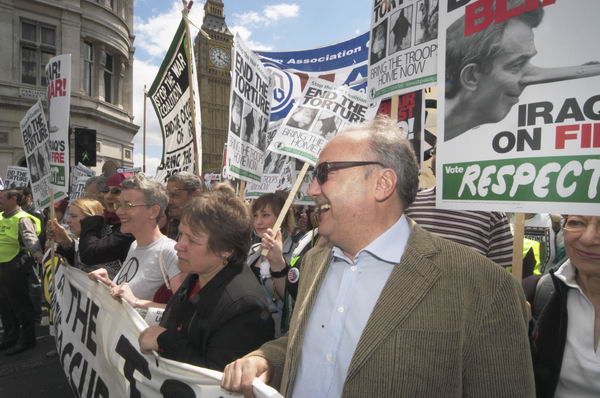
The pictures from the Bring The Troops Home protest on 22nd May 2004 show I was determined to use the entire range of my new lenses, perhaps not always entirely appropriately. I think sometimes I zoomed out too far with the telephoto and occasionally would have been advised to use a rather less wide view with the Sigma. But others work well.

The protest was called at short notice by the Stop the War Coalition, CND and the Muslim Association of Britain to respond to the atrocities being committed in Iraq, following the publication of pictures showing abuse and torture of Iraqis by US soldiers in Abu Ghraib prison in Iraq. Some pictures were first published by CBS in April 2004 but more came out in May.

The march organisers stated “The whole world is horrified at the terrible pictures of torture of Iraqi prisoners now emerging. They are the tip of an iceberg of abuse – dozens of civilians have died in custody of British and American troops in occupied Iraq. We are demanding the withdrawal of all troops from Iraq and for the Iraqi people to be allowed to govern themselves.”

At the rally there was an impressive array of speakers including Tonny Benn, Ken Livingstone, George Galloway, Lindsay German, Bruce Kent, Jeremy Corbyn, Jean Lambert and others from peace and Muslim movements and I photographed most of them on the march and as they spoke.

In Trafalgar Square the speakers were as usual on the raised area at the base of the column with a press area in front of that, and we are always looking up at the speakers. The longer lens let me get tightly framed head shots, but a few are perhaps too tight.

As well as speakers there were also theatrical reenactments of prisoner abuse by the ‘Theatre of War’ group with the march pausing briefly at various points for the three military personnel to abuse their roped and hooded victims. The also stood and performed on the plinth at the rally in Trafalgar Square.

Looking back at these pictures now I feel that perhaps because I had that long lens I concentrated more on the celebrities taking part in the event, and rather less than I would now on the bulk of protesters and their placards and banners. But I’m still pleased with a number of the images I made. Some I think could be improved by going back to the RAW files and reprocessing them in our now improved software to give them a little more contrast and clarity.

My London Diary has a little more about the protest and a much larger selection of the images I made at this event beginning some way down the May 2004 page. You can go directly to the pictures at END THE TORTURE – BRING THE TROOPS HOME NOW.
Flickr – Facebook – My London Diary – Hull Photos – Lea Valley – Paris
London’s Industrial Heritage – London Photos
All photographs on this page are copyright © Peter Marshall.
Contact me to buy prints or licence to reproduce.
